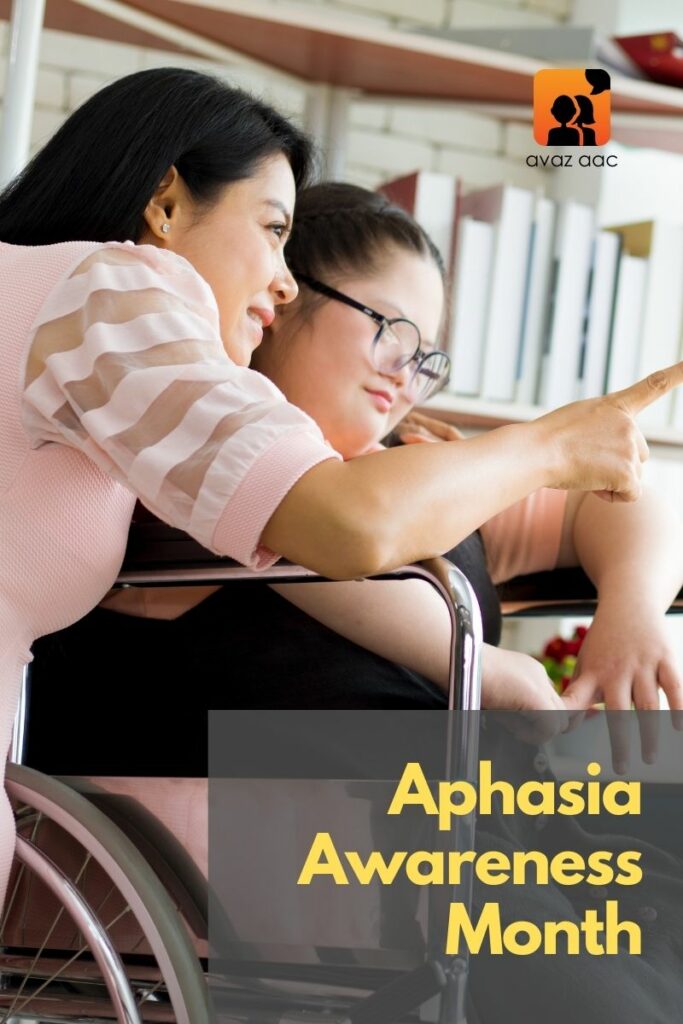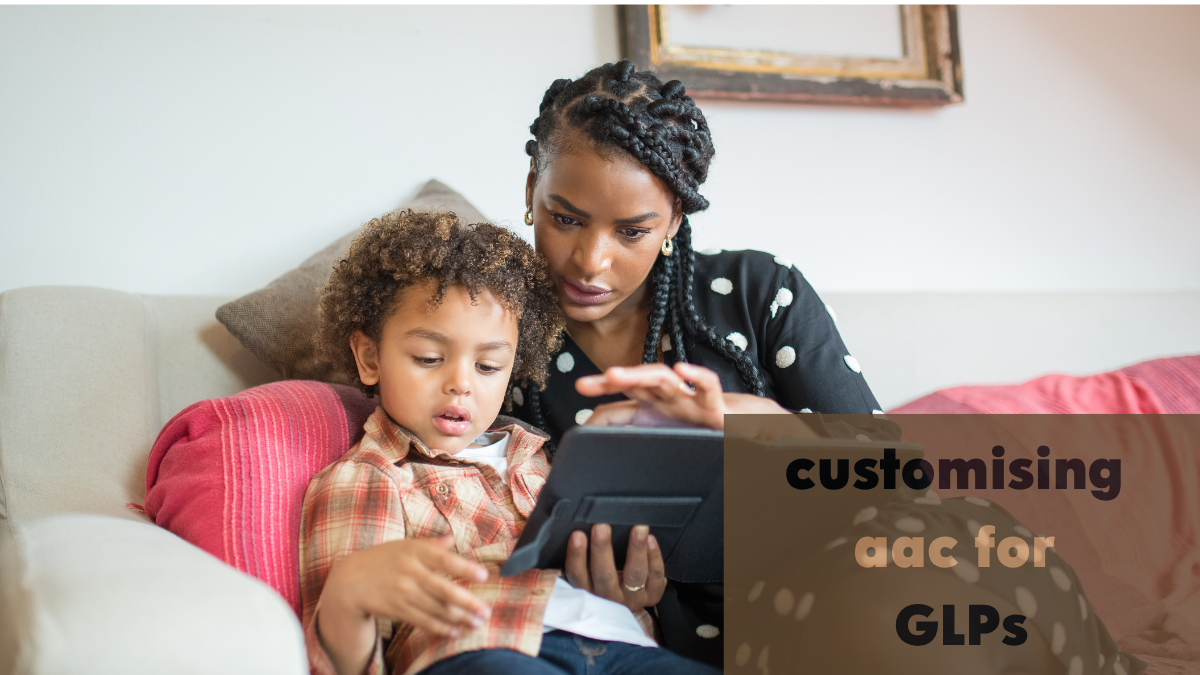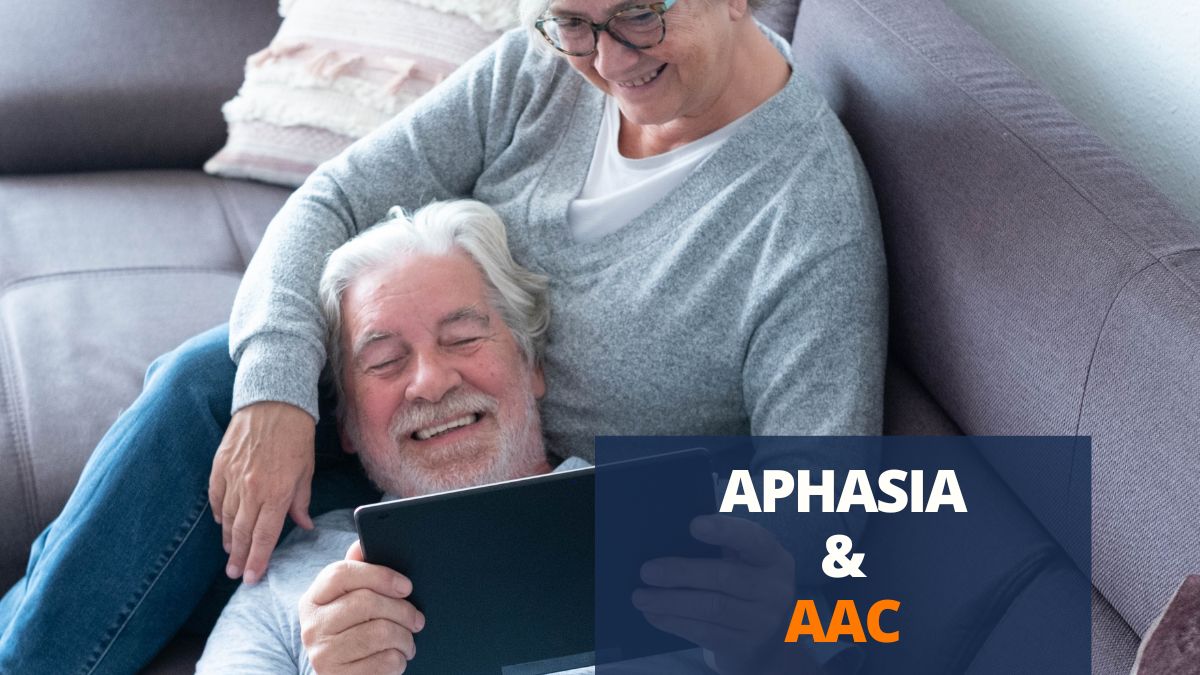Aphasia Awareness Month is observed every June. Today, Aphasia is seen as “Loss of Langauge, Not Intellect”. This blog discusses Aphasia in great detail. Take a closer look at the role of AAC and SLP in supporting aphasic individuals. And finally, learn what you can do to assist Aphasic individuals.


Aphasia – A Misunderstood Condition
Due to lack of awareness about symptoms, Aphasic people are sometimes misunderstood as having intellectual difficulties. This, even though it has no effect on a person’s intelligence.
Aphasic patients are aware of what they want to say. But, they are unable to do so in a structured manner. People are more familiar with tumors and strokes than with aphasia, which occurs after them. Recently, Hollywood actor Bruce Willis announced that he was quitting acting because he had been diagnosed with aphasia. This led to the entire world taking notice of the condition.
Aphasia and its Effects
It is a disorder that causes damage to the areas of the brain that control language. These parts of the brain are on the left side of the brain in most people.
Aphasia can be an acquired communication disorder. It begins slowly. Usually, it is the result of a brain tumor or a degenerative neurological condition. It can also happen unexpectedly, frequently following a stroke or head injury. Reading, writing, and language comprehension are all hampered by the disease. Speech problems that also come from brain damage, such as dysarthria or apraxia of speech, may co-occur with aphasia.
Types of Aphasia
Aphasia is classified into two broad categories: Fluent and Non-fluent. There are various other types of Aphasias under these two categories. Damage to different language areas in the brain causes different types.
The most common Aphasia under the fluent category is Wernicke’s aphasia. Damage to the temporal lobe of the brain causes it. Affected patients may speak in lengthy sentences that are meaningless. They may add extra words and even make up new words. For example, they may say:
“I do not come onward to the tree that may stay here until no way home.”
Broca’s aphasia is the most prominent non-fluent type. Damage to the frontal lobe of the brain causes this. The frontal lobe is crucial for motor movements as well. So patient’s with Broca’s may frequently have right-sided weakness or paralysis of the arm and leg. They may be able to understand speech and know what they want to say. But, they will use short phrases. Small words like “is,” “and,” and “the” are frequently omitted. For example, they may say: “play dog” instead of saying “ I am going to play with the dog”.
Role of AAC in Aphasia
Aphasia does not mean losing voice. An aphasic person usually won’t be able to express themselves right away after receiving an AAC tool. They require context-specific, personalized communication assistance that can change to meet their evolving needs. It can be high-tech, low-tech, or no-tech. The individual can choose to use the device independently or with assistance from a communication partner.
Speech Language Therapy and Aphasia
Aphasia is a common illness that affects people of all ages. Hence, most SLPs (Speech Language Pathologists) work with aphasic patients. Speech therapists can assist with:
- Language treatment.
- Introducing nonverbal communication skills.
- Supporting family members in adjusting to new communication styles.
Choosing the best course of action depends on a person’s requirements and preferences. Treatment varies depending on severity of aphasia. Additionally, therapy evolves as the aphasic person gets better. As they improve, they can take on increasingly challenging activities.
Therapists work on multiple areas with aphasic patients. These include- regaining word retrieval, grammar, intonation, and other components of speech. To determine whether new techniques can more effectively aid patients, researchers are trying several forms of speech-language therapy on patients with both recent and chronic aphasia. Some of these new techniques focus on enhancing cognitive functions that aid in language processing, such as short-term memory and attention.
Tips For Aphasia- Friendly Communication
- Keep it simple – Speak in short and simple sentences.
- Be patient – Provide adequate time for each response. Do not hasten up their process.
- Eliminate distractions – Turn off TVs or radios or any other background noise.
- Verify – Confirm their responses by repeating what they communicate.
- Get creative – Communicate with gestures, drawings, assistive devices, etc.
- Encourage independence – Talk to them, do not talk for them.
Final Note
As they feel misunderstood, Aphasic individuals feel isolated.
We have to work with them to enable them to communicate. Right assistance from family and medical attention from experts will make them feel included and supported.



